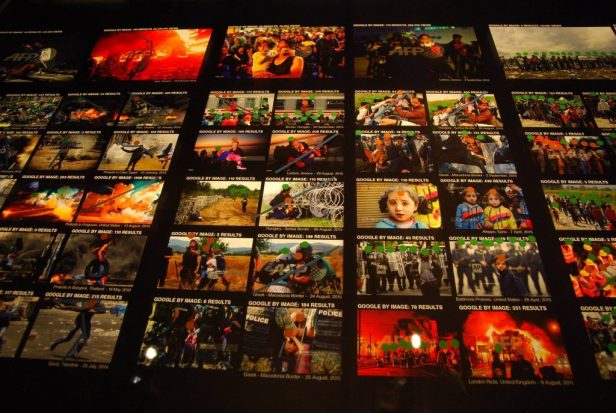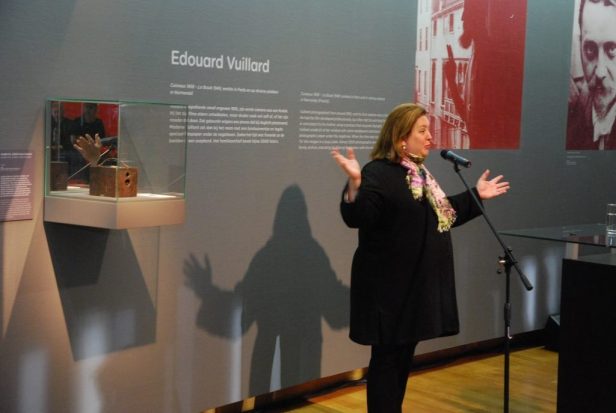David Yarrow
A WILD ENCOUNTER with David Yarrow
Text and questions Alexander Moust
Dear David.
First of all thank; you so much for receiving a long-lasting visual and textual delight as part of myself reviewing your book and work.
AM If myself and all the readers of this magazine were aliens coming from another galaxy and I would find your books or prints as the sole reminders of human and animal life on earth.. ( after some comet struck planet earth and you were clever enough to hide your visual testimony in a solid sarcophagus, and we had just found it! ..)
What would we learn from looking at your pictures or deciphering your texts, you believe?
DY I hope the aliens would learn about the biodiversity of our planet, the extreme climates, extreme topographies and the extraordinary photography equipment with which to record it with.
AM If I slowly absorb and digest the imagery (after reading the preface and small portfolio of wildlife animals from all over the globe) going front to back in ‘WILD ENCOUNTERS’, I see pictures of men and husky sleigh dogs at around minus 20 degrees Celcius at 73 degrees north of the equator in Nunavat, Canada living in extremely remote, isolated and harsh conditions.
What have you learned from going to extreme surroundings like that?
DY The fortitude of family values is not determined by race, creed, climate, wealth or location.
AM Black and White versus Color & Digital versus Analog
In general, you choose to print in Black and White. However you work with (sometimes remote) digital cameras, therefore your digital images can come out as RAW or (Seen the fact you use NIKONs) NEFs in full color. However; only a few pictures in the books are in color.
Why did you choose accordingly?
DY I think that black and white is a perception rather than reality and maybe sometimes we need a little less reality. Someone once said if I photograph in color I see people’s clothes, when I photograph in black and white I see their souls – I think the same is true of animals – it’s good to be reductive.
It is also timeless – the elephants I photograph could be a million years old because they are black and white.
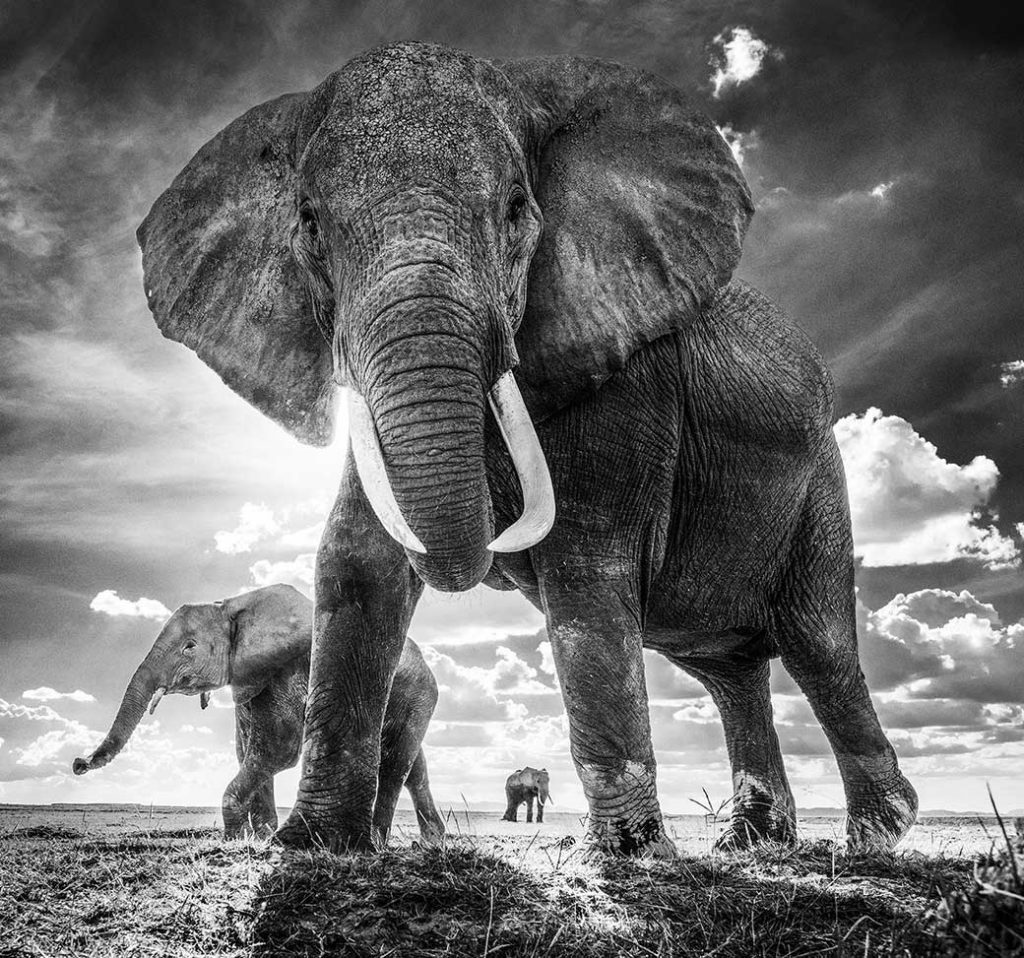
Amboseli, Kenya 2017
AM The graphical quality of B&W is …as I believe you said: ‘timeless’.
Don’t you miss working with pure analog color or B&W slide film, for example, the feeling of texture and tangible footage?
The one, single negative or positive image that has captured the ultimate moment?
DY I think there is a misplaced sense of romanticism in this question. Digital imagery has no less soul or authenticity than film. I’m sure Steven Spielberg or Clint Eastwood would echo these sentiments. Photographic art is about the content in front of the lens and the soul of the person behind it.
AM The animals you have portrayed in WILD ENCOUNTERS are almost all mammals; why have you chosen these?
DY The most likely alternatives are fish and birds and us people do not fly in the sky nor swim in the sea. It’s difficult to have your own personal narrative or context. Meanwhile, insects have never really been my thing.
AM Further down in the book we eventually get to the equator where humans are sort of ‘reintroduced’ to the spectators’ eyes, living alongside herded animals.
It strikes me that photographing and documenting the life of animals WITH people in between the 70 degrees up north (above the arctic circle) and the equator were perhaps… less appealing to you.
Or was this your artistic or any other choice?
DY I like documenting human life on the edge and I didn’t feel there was as much engaging content in other locations.
AM We also see the first human warriors appearing with machetes or Kalashnikovs in the middle of the book. Also, you introduce the first woman there.
Would you like to comment on why this selection was made?
DY The most important variable is the strength of the photographs. They need to be visually strong and compositionally powerful. Every photograph had to merit its place in the book.
AM How many and which types of cameras and lenses were wracked in the process of shooting over the last 10 years?
DY At least 10 DSLR’s. I lost 3 the other day in Alaska!
AM What was the most dangerous encounter ever for you and why?
DY People are always more dangerous than animals. People can smoke weed, drink alcohol and operate guns – sometimes all at once. Those are the most dangerous encounters.
AM Human Life versus Animal Life; predator and prey.
If you look from a human perspective we could say that we, the modern man and the so-called civilized society we sprout from, have outnumbered or made extinct many life forms over the course of almost 100 to 200 years. We (meaning: our species) killed them, slaughtered them or simply have taken or disrupted their eco-systems or territories. Before the age of industrialization and globalization, there was as much threat from animal life and diseases towards us, humans, then vice versa. Animals, however, do not ‘know’ that they are endangered as a species. They do not keep track records, send each other emails or make TV shows on how many of their fellow family members across the globe still eat and breath, like we humans do.
They simply defend what they believe is their livelihood.
How would you describe the word: TRIBAL?
How could you compare wild animal life with that of indigenous life forms of fellow human beings?
Or:
What do you believe animals or indigenous tribes do better than we, as in the self-proclaimed civilized modern men and woman?
DY I think to ascribe the word tribal solely to indigenous communities is a little old-fashioned. Many would contend that the cop at Liverpool football club is tribal and the yellow wall of Borussia Dortmund is tribal. Tribal has become a word with a small t rather than a capital T. But herein lies the answer to your question – tribal communities have a capacity to collectively look after their own as do some animals. Manhattan is a Noah’s ark of 40 or 50 different tribes – Italians, Irish, Orthodox Jews, Mexicans, their communities are more cohesive than Manhattan as a whole. When I think of tribes I think of solidarity.
AM From all the animals and people you were able to get up really close to; which ones did you bond with most?
DY The Dutch – only joking! I would say simians – we are related. We are going to always find a bigger connection with a gorilla than a zebra. I have no idea what is going on in a zebras head, and I’m not sure the zebra does. But a mountain gorilla high up in volcano national park in Rwanda – when face to face – damn right there’s a connection.
AM Do you believe that mammals feel like us?
Do mammals carry emotions and share sentiments with one another?
Or do mammals pass on knowledge through ‘language’?
DY To borrow from Jane Austen – I’m in awe of the sensibility of elephants. They are majestic mammals with far bigger brains than we could ever comprehend. It is the one animal in the world where I think I can detect not just anger but happiness and sadness.
AM After I have taken pictures, I usually show a top 5 selection to those who or portrayed. People love it (mostly). However, my dog can’t be bothered nor do the sea eagles (with a wingspan of 6ft) care a flying duck that I photographed them – like yourself- in the high arctic.
Quite a large sum of money of sales of your work goes back into TUSK, which helps preserve wildlife.
Have you considered giving back to the indigenous people you photographed or how do you deal with them after their photographs get published?
How do they react to their photos being published and sold worldwide?
DY I’ve never been asked this question before and I respect you for asking it. There is no point sending money – our preferred routes of emotional investment in tribes is to look after them when we are there rather than retrospectively. If you do that and come back you will always be remembered. Whenever we go to so-called tribal communities we bring Polaroid cameras so that they can take pictures of their loved ones, see them develop in front of them and then keep the pictures. – That little bit of magic goes a long way.
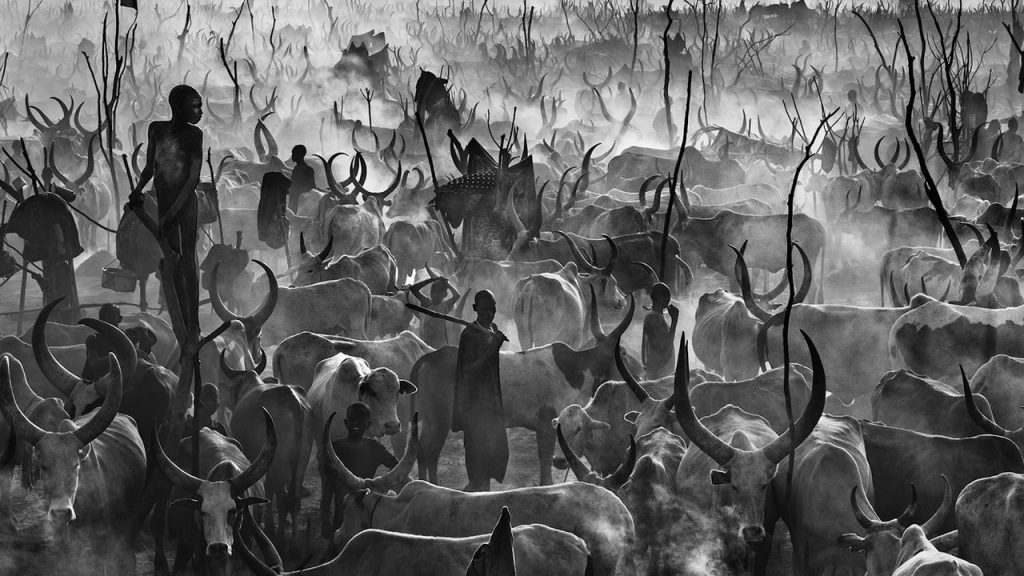
Yirol, South Sudan 2015
AM Preservation and Survival of the original habitats of both humans and animal life forms.
There is still a large and often illegal trade in both tusks (elephant) or horns (rhino), living predators or wild and rare animals across the globe. This enhances poachers’ chances to make a (basic)living of wildlife running around in their nearby eco-system.
How do you feel about trophy hunters who spend 100 thousands of dollars on shooting (killing) wild animals like lions, rhinos, giraffes for their own fun?
DY This is a question that deserves a 20,000-word answer, not 100 words. Of course I question the strength of character of those that indulge in this medieval behavior in the same way that I question the strength of character of someone entering a brothel, but – and here’s the thing, paying prostitutes and paying for the right to kill animals are often both legal and we should respect the law to the extent that in most places common law is deemed to be the derivation of a democratic process. The problem is that the issue is complicated by the fact that these hunters are a big income provider from income-starved parts of Africa. Generally – people who pay big money to shoot big animals are those same arseholes that maybe need to go to a brothel too.
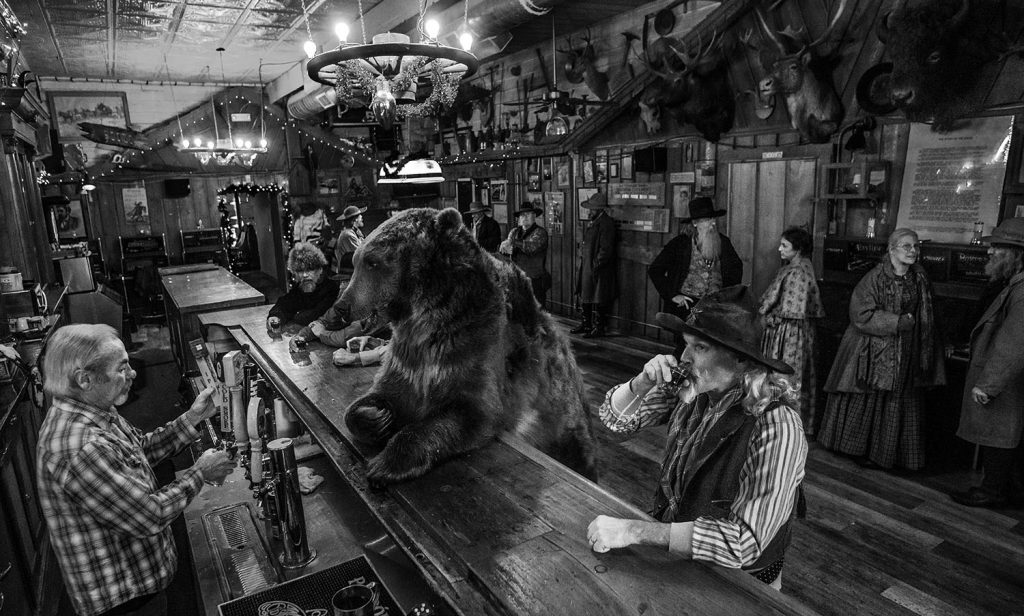
AM A Dutch NGO (Stichting Aap) bought a huge plot of land in Spain recently to give shelter to underfed or neglected wild pets ( tigers, lions or bears) coming from bankrupt, abolished and redundant circuses or private collectors, who bought them on the black market.
How do you believe as a supporting Tusk Trust affiliated photographer – that preservation of (wild)life should continue in the future?
DY By exactly that – by buying land. It’s about the only way. The other charity I work with – WildArk focus their efforts on this.
AM As we are in Amsterdam, home to a large range of museums and galleries which are often testimony of the preserved life of both wealthy and common people of ages ago in paintings, objects, and etchings.
How do you see your work in relation to old masters?
DY Holland has punched above its weight in the art world for 700 years. From 1400 to 1900 it was arguably the preeminent art force in the world. I have learned a lot from them. People can look at a Rembrandt for two hours and people should be able to do the same with a photograph. The level of detail Johannes Vermeer managed to get into his portraits is something to aspire to. The Rijksmuseum is, in my opinion, is the best in the world and it makes me want to get better and better as an artist.
AM The current president of the US, Trump, for some reason wants to cut down the amount of reservation land in the US.
I personally strongly believe, that we have to make sure that to be able to preserve a wide variety of livestock in the wild we will have to initiate and preserve more ‘wild territories’.
(Meaning no humans intervention or just marginally on the preservation sites) And besides that we will have to stop temperatures rising to levels where all life is endangered; both animal and human life.
How do you feel about :
– Trump’s decision to try to reduce the size of nature reserves (often holy land to native American) in the US?
– The idea that we are only at the start of a true preservation age if it comes down to species and indigenous human life forms or animal wildlife?
DY I don’t want to talk about Trump – but I can send a picture – it’s called – “It’s only a matter of Time” – I’ll let your readers figure out where I was going with that.
There is momentum in awareness of what will happen if we do nothing. We must all do more.
AM In this book: ‘Wild Encounters’ you’ve gone up to many remote locations on our planet. I read that often you are in awe of the surroundings and the opportunities life has given you to document wildlife in its purest form.
Could you give two examples of situations in which you felt :
– humbled by the size and nature of a wildlife environment?
– humbled or with a deep feeling of respect for those who live in the wild, away from the safe civilized world, we mostly live in?
DY The killer whales beaching themselves attacking seals on the shore in Argentina is one of the great spectacles in the world – but it is reportage, not art. The dustbowl of Amboseli is also the theatre of dreams for me. The Inuit communities from Nunuvat live in incredibly harsh conditions. It’s unbearably cold up there.

AM I guess you and I are both conservationists at the core of our existence. Capturing life in a decent photograph is a unique testimony of time and grace.
However, photographs and texts in books only can’t make preservation come to full fruition in the long run. Let’s get into our virtual alien time machine:
Let’s go back in time 160 years, David:
What would you think Charles Darwin writer of ‘on the origin of species’, published on 24 November 1859, would have done or thought if he were able to comment on and research the current ecological and social issues humans and animals are facing?
DY I think he might have said that he had misjudged totally the issue of population growth. I think he would realize that population growth is the major threat to the biodiversity of our planet.
AM And coming from that knowledge and our current knowledge:
How could you and all of us help to make preservation NGO’s and governments’ visions or ideas on the preservation of endangered species and life forms come true?
Where should our focus be on?
DY Helping to buy land – either through awareness, lobbying or money.
Thank you so much, David. And looking forward to meeting you and seeing your pictures in full-size prints at your next show in Amsterdam or possibly elsewhere.

Epupa, Namibia 2015
Alexander Moust copyright 2017-2018





